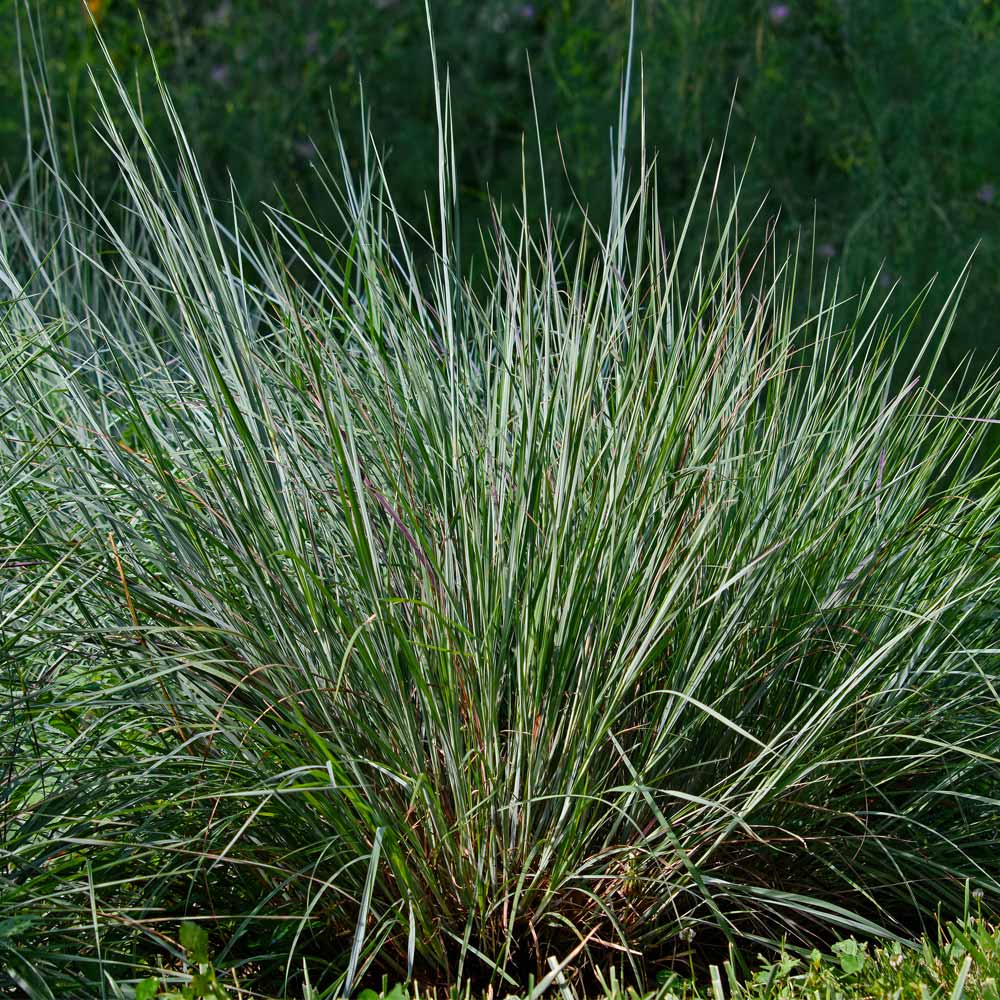

Well suited for drier climates and lighter soils, Cimarron is planted in southern Kansas, across Oklahoma and into Texas with strong, highly productive stands resulting. It is recommended primarily in mixture with other warm-season prairie grasses for range, non-irrigated pastures, and roadside plantings.Ĭimarron was developed after the combining of several strains of native Little Bluestems from Southwest Kansas. Several states are now using Blaze Little Bluestem for roadway seeding after new construction is complete.Ĭamper is a long-lived perennial grass, producing maximum vegetative growth in midsummer. Blaze retains the good qualities of Little Bluestem: good forage and well adapted to most locations. Turning a brilliant red in the fall after the first frost, Blaze Little Bluestem catches the eye of many who are interested in colorful landscaping. Using selections from plantings in Eastern Kansas, Aldous Little Bluestem was shown to grow considerably taller, providing excellent wildlife habitat as well as highly palatable forage.īlaze was developed initially as an ornamental grass. It is now considered superior to native Little Bluestem. Little Bluestem is an attractive grass, with rich green summer foliage turning to a rusty brown in the fall.Īldous was first developed as a forage crop.Little Bluestem is often mixed with other native grasses for seeding critical areas such as road embankments where re-establishment of vegetation is important.Tolerant of variety of sites, heat and humidity.Little Bluestem is highly desirable for grazing and haying. Growing best on medium or dry soils, new shoots are identifiable in early April and maturity is reached by late August to October. The stem and growth from previous years remain standing where it weathers to create a mulch. A bunch-forming grass, Little Bluestem has a dense root system which enables it to grow on even the poorest and roughest ground. A smaller grass than Big Bluestem, it is slightly less palatable, but more drought resistant. Little Bluestem is a very common native grass, found in almost all states of the United States. Whenever grazing is properly managed, plantings of native Little Bluestem adapt well and form high quality pastures.

Once established, Little Bluestem requires very little maintenance. Little Bluestem is a valuable summer forage grass in drier areas because of its efficient use of whatever moisture is available. Sold by the PLS pound Botanical Name: Schizachyrium ScopariumĬultivars: Aldous, Blaze, Camper, Cimarron, Native


 0 kommentar(er)
0 kommentar(er)
